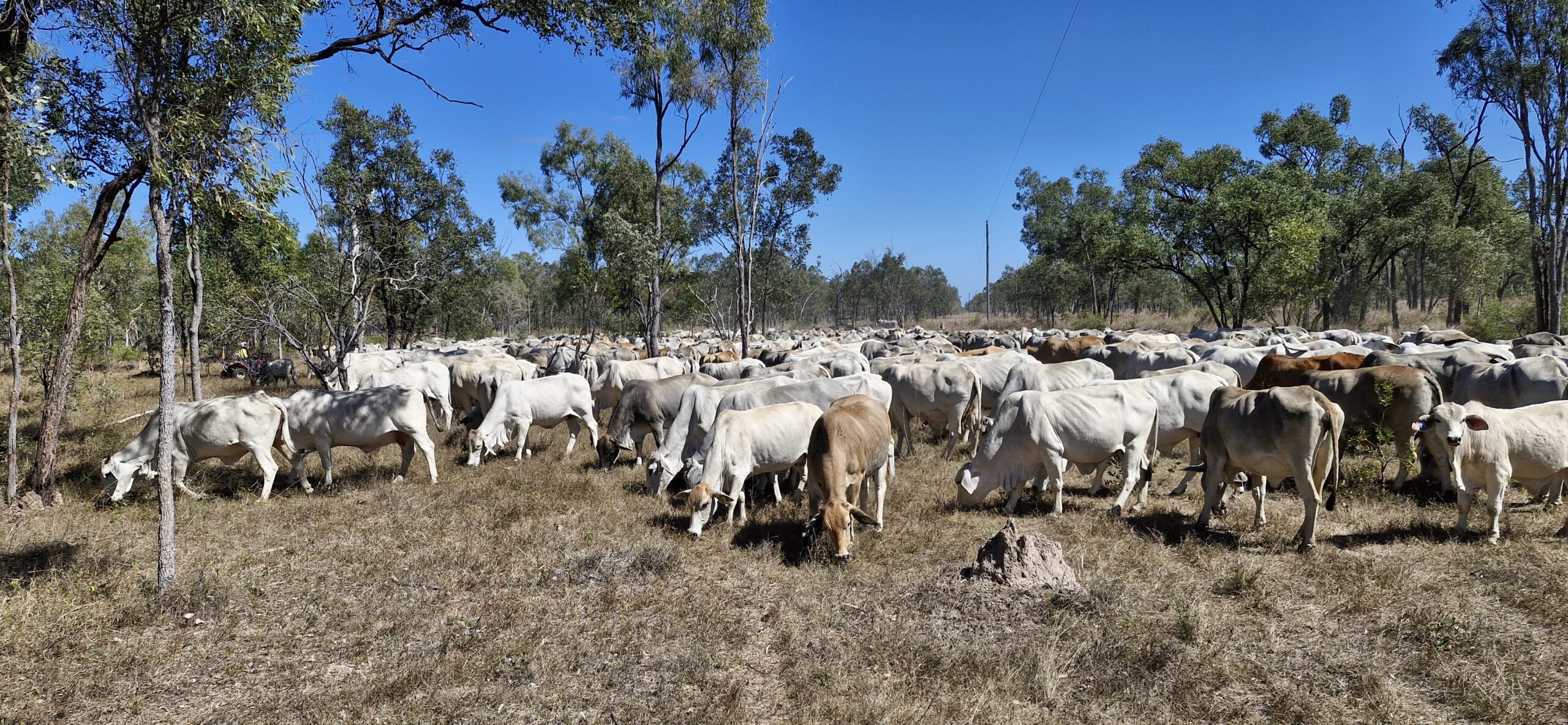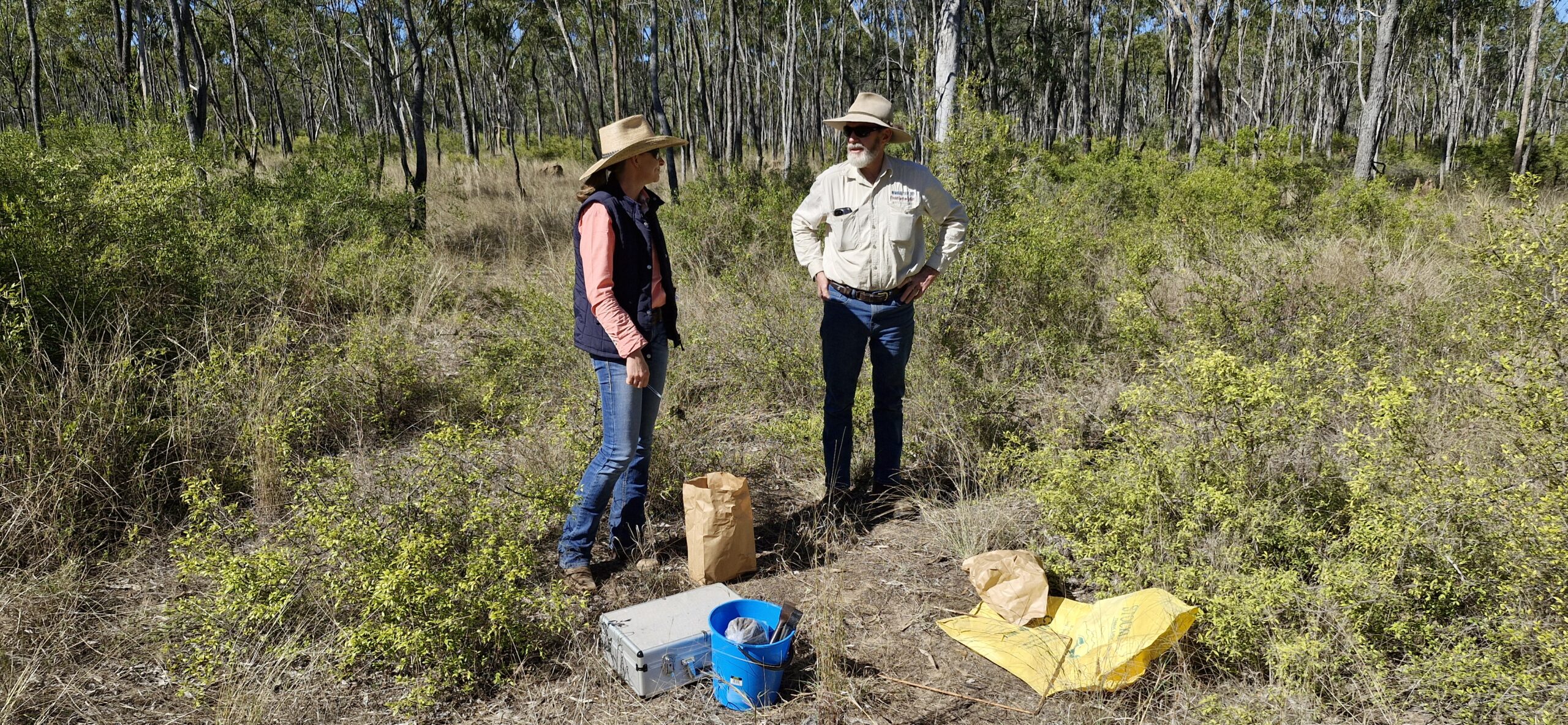Can we fast track land condition recovery with more intensive grazing management?
Land condition decline has reduced the carrying capacity and productivity of country for many graziers across northern Australia. Restoring the condition of these areas would provide a huge boost to industry but can take years using traditional methods like conservative stocking and wet season spelling. Faster methods of reclamation involving machinery, chemicals, seed and other inputs can be effective but are expensive and not suitable for all landscapes.
There is growing interest in the industry in more intensive rotational grazing systems involving high animal densities, short grazing periods and long rests to try and accelerate land condition recovery. But are these systems any better at accelerating restoration than other, simpler grazing systems ? To answer this question an exciting new treatment termed Short Duration Grazing (SDG) was initiated in April this year at DAF’s long term Wambiana Grazing Trial (WGT), south of Charters Towers.
Stepping into its 27th year, the WGT has been trialling various stocking strategies with or without wet season spelling and monitoring their impact on land condition, livestock production and profitability. The five treatments include flexible stocking (6-18 ha/AE) with and without spelling, moderate stocking (10 ha/AE) at the long-term carrying capacity (LTCC) applied with and without wet season spelling, and heavy stocking (5 ha/AE). Results from the trial have shown that heavy stocking rates degrade land condition in the long term and are extremely unprofitable.
With the heavy stocking rate paddocks in poor condition, the project’s producer advisory committee suggested that the treatment end and the focus shift to pasture restoration. As a result the new SDG strategy was initiated to test whether recovery could be accelerated with the principles of short grazes, long rests and high animal densities. As project leader Peter O’Reagain said ‘the hope is that the treatment will provide a cost-effective way for producers to accelerate recovery in their paddocks and increase carrying capacity on their properties.’

The trial is being run in close collaboration with industry. Michael and Michelle Lyons, the owners of Wambiana, supply the large mobs of cattle needed for each grazing period in the new SDG treatment. Jamie Gordon from Mt Pleasant, Collinsville and Fran Lyons, from Basalt River, near Charters Towers, have also been engaged as producer advisors to ensure the treatment is applied as industry would. Jamie and Fran are experienced and successful practitioners of adaptively managed, multi-paddock rotational systems and will train and advise the project team in the management of the new treatment. Both are enthusiastic to be involved and for what the outcomes of the trial can provide to industry. Fran Lyons said ‘It’s very satisfying to be involved with this new grazing treatment at Wambiana. With increased seasonal variability, flexibility around grazing management that builds resilience and diversity into native pastures will be key to maintaining a profitable grazing business.’
Jamie Gordon said, ‘While previous studies have focussed solely on stocking rate, this project is also looking at the effects of managing time, allowing recovery of the landscape, along with matching stocking rate to carrying capacity.’

The first SDG graze occurred in April 2024 with 354 brahman heifers grazing each of the two 100 ha paddocks for 2-3 days. A second, slightly longer graze of between 2-5 days took place in late July with 406 mature breeders. In total, the two grazes removed an average of 26 stock grazing days per hectare from the two treatment paddocks. This is equivalent to an overall stocking rate of 7.2 ha per animal equivalent for the year.
With the last strategic graze, the paddocks have been left in ‘rain ready’ condition with high cover and good residual yield to maximise pasture response to the first storms of the coming wet season. As the trial proceeds the SDG system will continue to be managed adaptively with mob size, grazing and rest periods varying with the available pasture, response and seasonal conditions. The results from this system will also be compared with recovery in the WGT’s other, simpler systems of moderate stocking and wet season spelling every three to four years.

For more information on the Wambiana Grazing Trial, watch this 6-minute video.
The Wambiana trial is part of the ‘Improving grazing land management in Queensland’ project in the Queensland Pasture Resilience Program.
The Queensland Pasture Resilience Program is a partnership between the Department of Agriculture and Fisheries, Meat & Livestock Australia and the Australian Government through an MLA Donor Company. The five-year program aims to help Queensland producers tackle the three big threats to beef production: land condition decline, pasture rundown and pasture dieback.